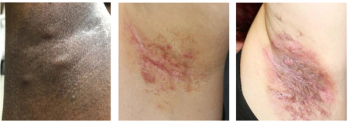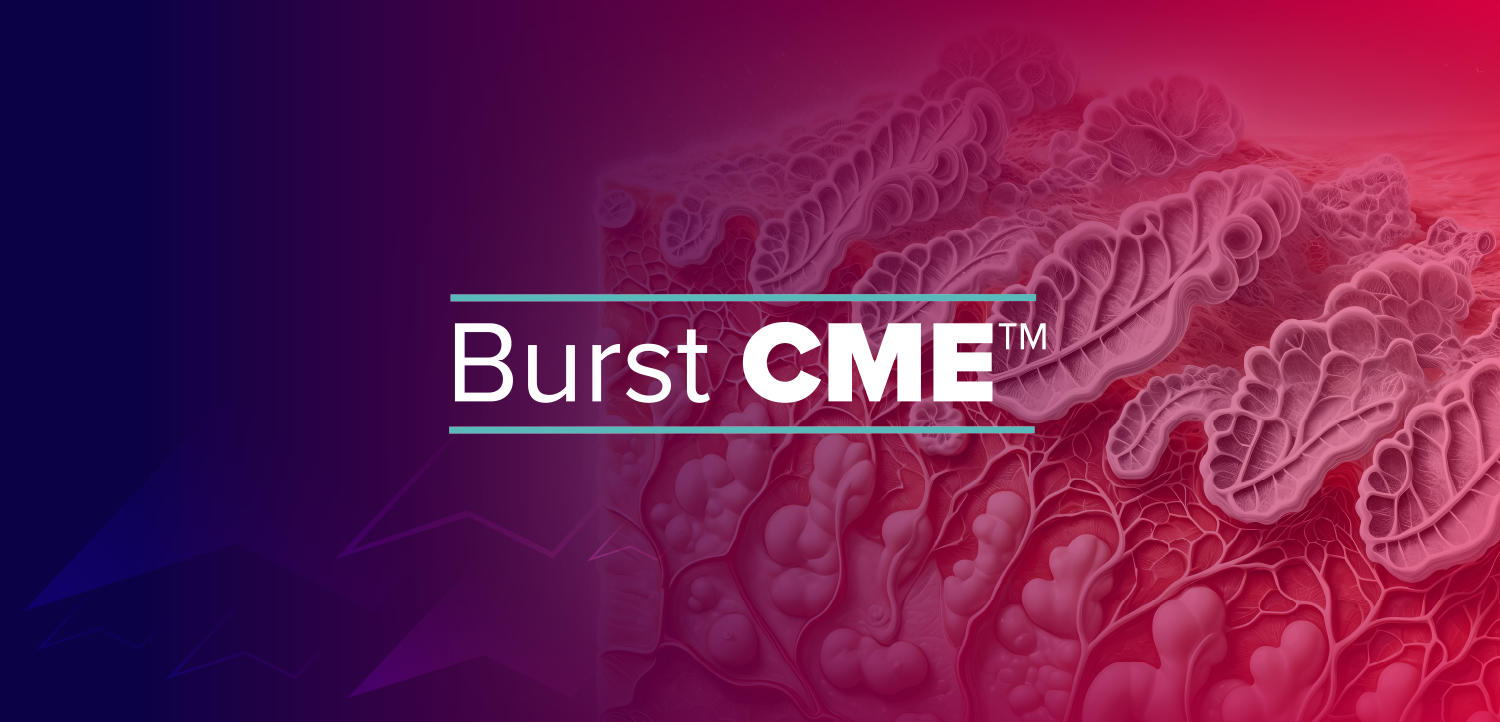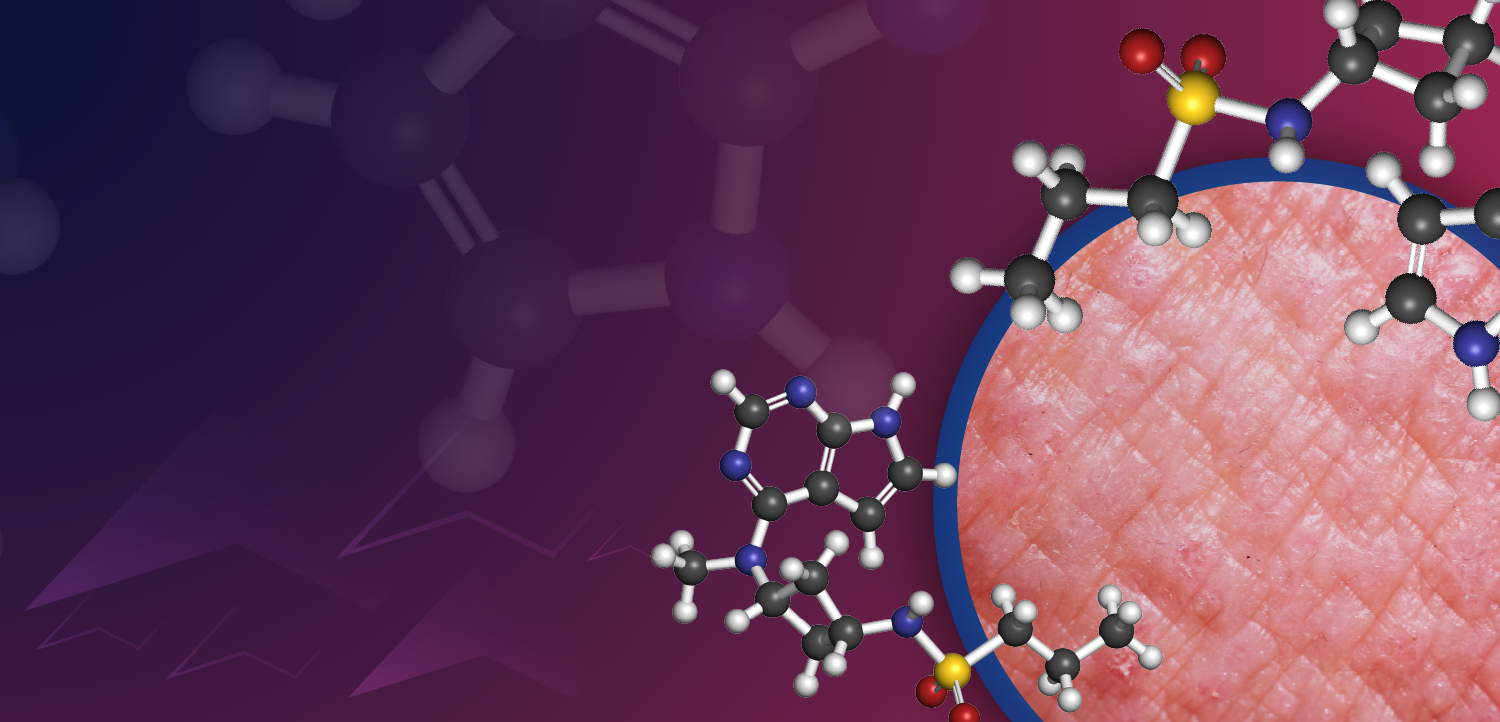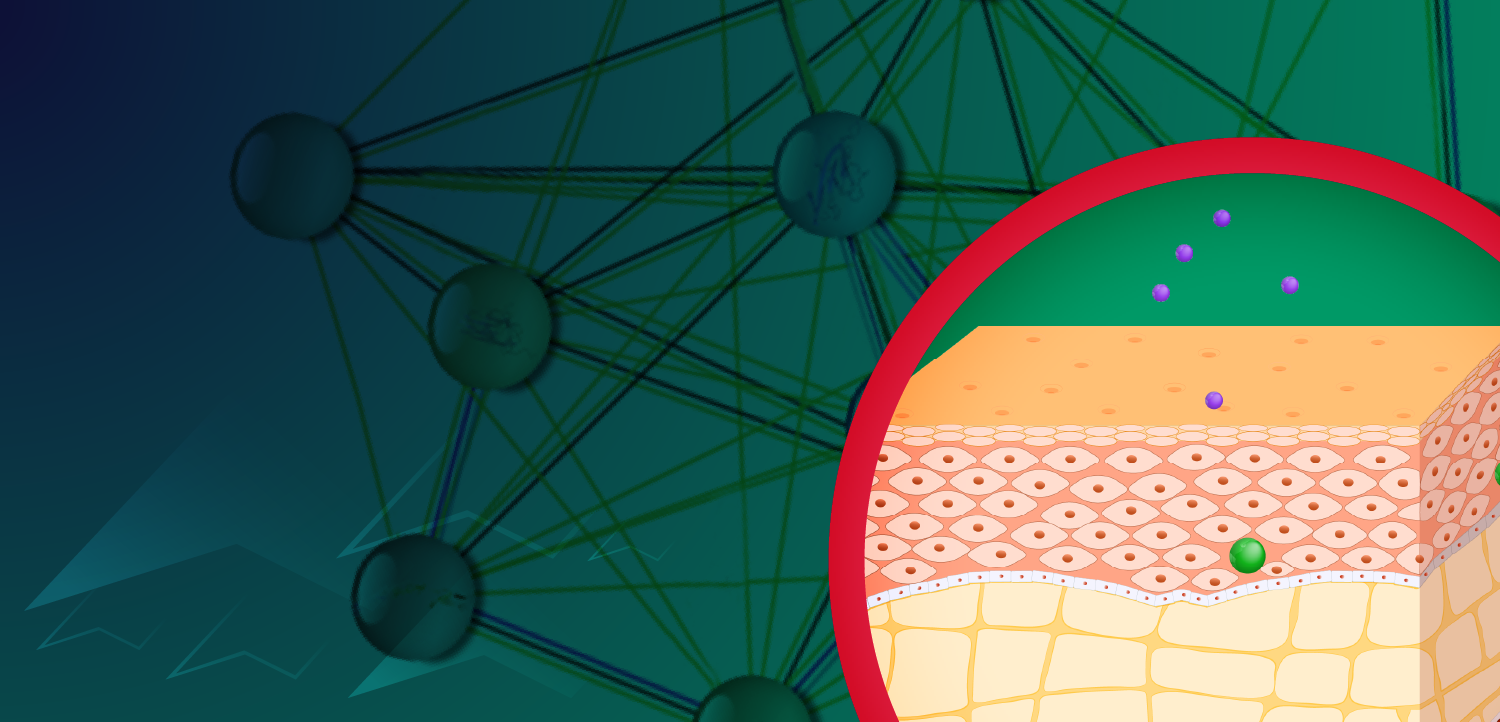
Pediatric Pearls in Treating HS Discussed at SPD Meeting

Key Takeaways
- Hidradenitis suppurativa is a chronic, multifactorial inflammatory skin disease affecting hair follicles, not sweat glands, and is unrelated to poor hygiene or infection.
- Treatment strategies are personalized, considering factors like follicular occlusion, hormones, obesity, and bacterial imbalance, with a focus on early diagnosis.
Colleen Cotton, MD, shared clinical tips in treating HS in pediatric patients at the annual SPD Pre-AAD Meeting.
“I want to set the stage for us in understanding what [hidradenitis suppurativa] HS is and what it isn't,” Colleen Cotton, MD, told attendees of the Society for Pediatric Dermatology's 37th Annual Pre-AAD (American Academy of Dermatology) Meeting in Orlando, Florida.1 Although it is still evolving, she explained it is considered “an inflammatory skin disease, a condition of the hair follicle is not a disease of sweat glands. It is not an infection, it is not a result of poor hygiene; these are things that many of your patients may have heard or seen on the internet.”
“It is multifactorial,” added Cotton, assistant professor of dermatology and assistant professor of pediatrics at George Washington School of Medicine and Health Sciences. “There are factors of follicular occlusion, hormones, obesity and insulin resistance, bacterial imbalance, the way that your immune system functions in general. And the importance of each of those different factors can be wildly different from one patient to another, which kind of impacts which treatments we ultimately decide to use. And then also recognizing that this is a chronic condition and progressive that may have periods of flares, but it's always kind of going—this is not something that acutely starts and stops.”
Cotton used 3 cases to help illustrate what HS is, what it is, and how to treat it. The first case was a girl aged12 years who presented with a history of boils under her armpit, with a family history of similar issues. The patient reported no evidence of drainage or pain in between episodes.
In mild cases, like this way, Cotton likes to start simple and, to some degree, follow the patient’s lead. She suggested the use of maintenance antimicrobial wash (eg, chlorhexidine gluconate 4% [Hibiclens]; benzoyl peroxide wash [5-10%], zinc pyrithione [eg, Head and Shoulders]). She also suggested a topic regimen to start, and suggested considering antibiotics (eg, clindamycin 1%, which comes as gel, lotion, wipes, solution) and resorcinol (phenol derivative with keratolytic properties; compounded). Oral antibiotics (eg, doxycycline) could be considered for 2 to 4 weeks for more severe flares, she added.
Her plan of attack is highly dependent on the patient and their needs, and she asks about where they struggle and what they are willing to try. She also works with them on their triggers to the right treatment strategy.
The second case she presented demonstrated the importance of an early diagnosis to strike during the best window of opportunity to impact the disease. The patient was a girl aged 15 years who presented with recurrent boils 2 to 3 times per year for the last 2 years. With a BMI in the 99 percentile, she has been told she is pre-diabetic and is trying to manage her weight via diet.
Again, Cotton emphasized comorbidities play an important role in determining the treatment strategy, and she highlighted the importance of team approach. She works closely with a psychologist and an adolescent medicine specialist to help hone the treatment approaches. She also has clinicians in other areas that she can reach out to, as needed.
Cotton told attendees she takes patients on what she likes to call a “medication march.” She starts with treatments that fast-acting to get buy-in from her patients and shows them they can trust her. Then she moves to the agents that might take time to work. “The medication march can minimize side effects and improve adherence,” she told attendees.
For instance, she would start week 1 with clindamycin in the morning and evening, to be taken with food. In week 2, she would add rifampicin, morning and evening with food. Twice daily metformin would be added to the regimen in week 3, and trace elements (eg, zinc and copper) in week 4.
Intralesional triamcinolone might also be useful. She aims for 20-40 mg/mL and dilutes with lidocaine. Cotton finds ice packs to be especially helpful for pain, but also offers distraction, numbing cream, and vibration.
The next case was more severe, with the patient, aged 13, always having at least 1 active lesion, and often seeing scars left behind. She reported that she is not doing well in school.
“We have adalimumab because of model-informed drug development,” Cotton told attendees, adding that there have been no phase 3 trials for HS that included adolescents. To complicate matters, many insurance companies will require scarring before approving adalimubab. Cotton likes to use the HS-PGA, which she can use a moderate score of 3, with 0 abscesses, 0 draining fistulas, and at least 5 inflammatory nodules, to help get the treatment covered.
There are also off-label medications for HS that have either been approved for other indications in children, including secukinumab and infliximab, that may be considered, she said.
For persistent/recurring abscesses or draining tunnel when lesions are not resolving with medications, Cotton finds deroofing can be highly effective. She described the process, and included some important considerations for clinicians considering this for their patients. For instance, she emphasized the importance of medical treatment (ie, antibiotics and biologics) before and after the procedure to reduce active inflammation at the surgical site at the time of deroofing as well as to facilitate healing and reduce recurrence risk. Similarly, there are times when it is ok for clinicians to consider performing the deroofing themselves (ie, when the area is smaller and appears uncomplicated). Especially for clinicians newer to the procedure, she recommended referring to more experienced clinicians when the area is large, complex, or requires general anesthesia. She also stressed the importance of teaching and supporting proper wound care following the procedure, and recommended connecting with a wound care team.
Importantly, Cotton said patients are generally happy with the results following deroofing, and quoted data from a study that found 76% of patients were “very satisfied” with their surgical results.2
Lastly, there may be times when inpatient care is warranted, Cotton said. She told the story of a patient with severe HS who presented with suicidal ideation. The young patient received a psych consult, who admitted to suicidal thoughts when the outbreaks were hardest for her. She received treatment and left the hospital 3 to 4 days letter feeling better physically and mentally.
Cotton shared additional thoughts to consider when treating patients. For instance, in pediatric populations, she is seeing more syndromic HS. In those cases, she likes biologics on fast track. Cotton also noted there has been an increase in immune dysregulation masquerading as HS. “If a patient is not responding or is getting worse on biologics, test for immune issues,” she cautioned attendees.
Although there has been some excitement over the possibility of leveraging GLP-1 for HS, Cotton is more cautious. She told attendees she was initially excited, but has found “it is magical for some, but nothing for others.” If the HS is related to insulin issues, Cotton said it might respond better.
For more conference coverage and expert insights,
References
1. Cotton C. Advanced hidradenitis suppurativa for the pediatric dermatologist. Presented at: the 37th Annual SDP Pre-AAD Meeting; March 6, 2025; Orlando, Florida.
2. Ravi S, Miles JA, Steele C, Christiansen MK, Sayed CJ. Patient Impressions and Outcomes After Clinic-Based Hidradenitis Suppurativa Surgery. JAMA Dermatol. 2022;158(2):132-141.
Newsletter
Like what you’re reading? Subscribe to Dermatology Times for weekly updates on therapies, innovations, and real-world practice tips.

















